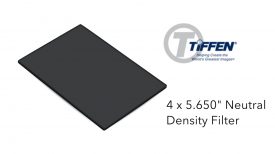
Netflix is now streaming HDR10+ content for AV1-enabled devices. This is claimed to enhance the viewing experience for certified HDR10+ devices, which previously only received HDR10 content. Metadata in the stream will tell compatible TVs that you are receiving HDR10+ and adjust accordingly.
Netflix is utilizing the AV1 video codec for its HDR10+ content. AV1 encoding was previously only used for SDR content. AV1-SDR is the second most-streamed codec at Netflix, behind H.264/AVC.
Netflix states that the dynamic metadata in HDR10+ and Dolby Vision provides content image statistics on a per-frame basis, enabling optimized tone mapping adjustments for each scene. This is claimed to achieve greater perceptual fidelity to the original, preserving creative intent.
According to Netflix, in the last five years, HDR streaming has increased by more than 300%, while the number of HDR-configured devices watching Netflix has more than doubled. Since launching HDR with season one of Marco Polo, Netflix now has over 11,000 hours of HDR titles available.
Netflix has now added HDR10+ streams to both new releases and existing popular HDR titles.
Receiving HDR10+
At the time of launch, these requirements must be satisfied to receive HDR10+:
1.Member must have a Netflix Premium plan subscription
2. Title must be available in HDR10+ format
3. Member device must support AV1 & HDR10+. Here are some examples of compatible devices:
- SmartTVs, mobile phones, and tablets that meet Netflix certification for HDR10+
- Source device (such as set-top boxes, streaming devices, MVPDs, etc.) that meets Netflix certification for HDR10+, connected to an HDR10+ compliant display via HDMI
4. For TV or streaming devices, ensure that the HDR toggle is enabled in our Netflix application settings: https://help.netflix.com/en/node/100220





